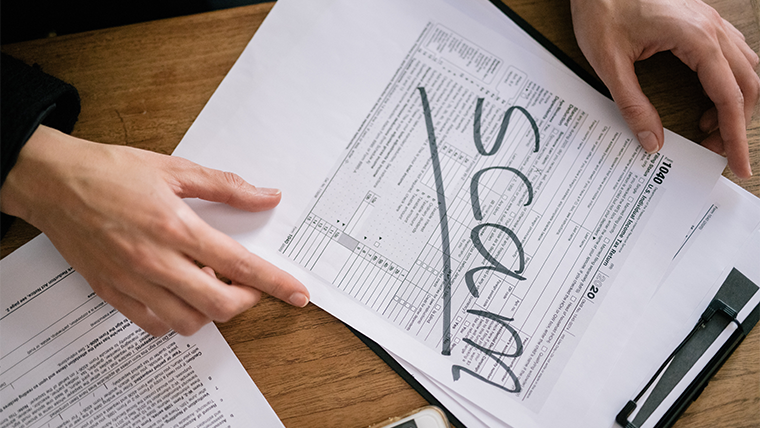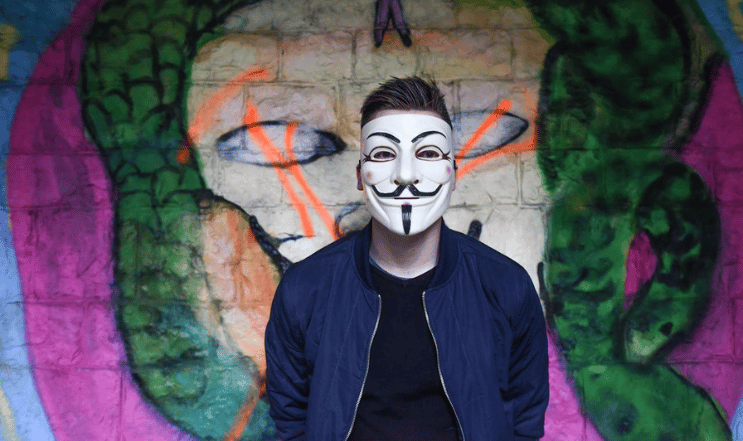
| 

All employers will ask new starters to show documents to prove who they are. If there are further credit or criminal records checks to do, an employee could be asked to provide a wider range of documents to verify who they are. An increasing problem for employers is spotting fake documents, which could lead to them unwittingly employing an illegal worker, someone who is trying to commit financial fraud, or who is abusing the immigration system. Employers are not expected to be experts on spotting fakes – organisations like Verify Online are there to help. But it is helpful to have a general ideal of what to look out for.
Fake documents can be divided into several different categories which are:
- Impersonation – this is something like a student ID from a university which doesn’t exist but is designed to look official.
- Counterfeits – documents which have been created from scratch to look just like a real passport, for example.
- Forgery – A genuine document such as a passport or driving licence which has been altered by changing name, photo, adding pages etc.
Spotting the Fake Documents
There are some basic checks which all employers can easily do to as a basic level of document verification. Ask the person to sign a blank piece of paper and compare their signature to the one on the document. If it doesn’t match, this may be cause for concern. The photo on the document should match the appearance of the person, as should the age stated on the documentation.
Basic Inspection Equipment
There is no need for employers to invest huge sums of money in expensive equipment to check documents. Most of the checks can be done with a hand-held magnifying glass and an ultraviolet light. It also helps considerably to have a known genuine example of the document you are suspicious of so that you can compare the genuine passport or driving licence to the suspected fake.
- Fluorescence – most official documents such as passports are designed to shine or fluoresce under UV light. If the paper looks dull under UV light, this could be a sign of a fake.
- Watermarks – just as with banknotes, passports will have watermarked paper. Watermarks are created during the printing process and usually appear on every page. Simply hold the pages in direct light to see the watermark.
- Random Fibres – another common security feature are “random fibres” in the paper, which look like small lines going in different directions in the paper. These may only be seen under UV light.
- Intaglio Ink – this is a special way of printing using ink which is raised. Running a finger over a page with intaglio ink should feel slightly bumpy.
- Overall Quality – passports are usually printed to a high standard, with an embossed design on the cover, sharp colour, no loose pages etc.
If you are presented with a passport or other document which you don’t feel is genuine, seek another opinion from the experts. Fake documents should be retained and handed in to the police.


